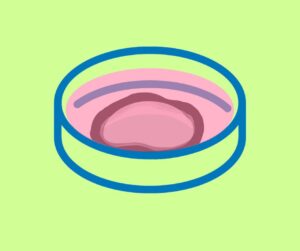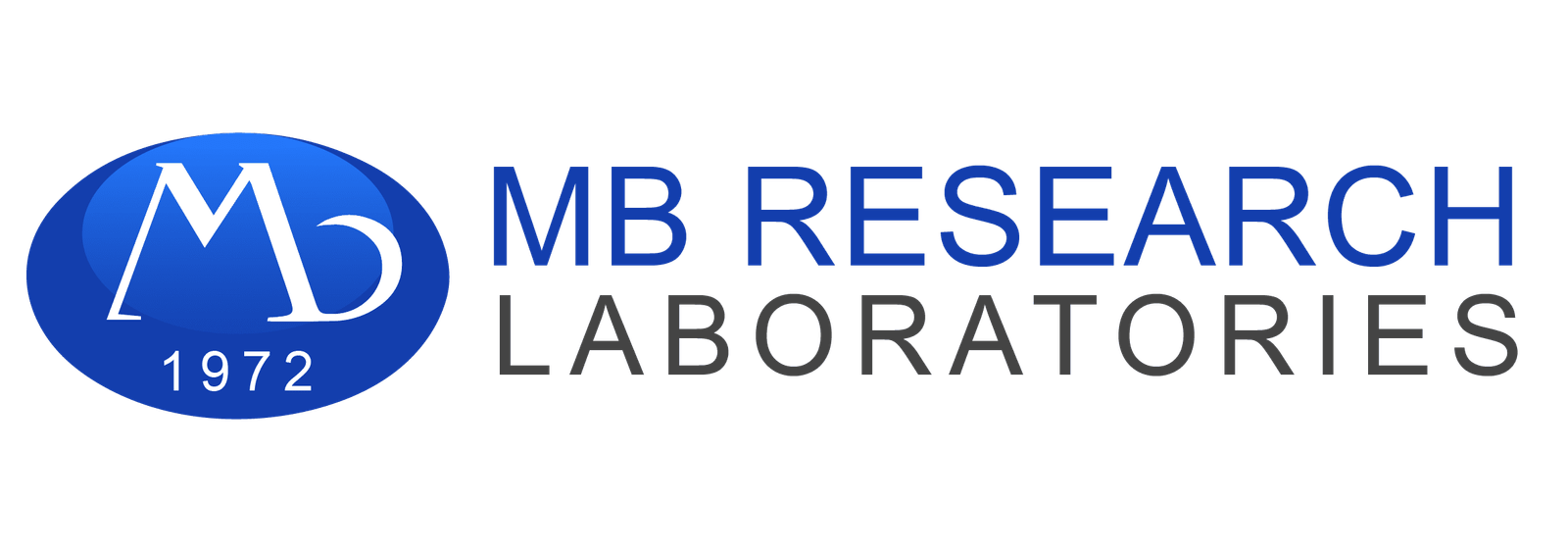BCOP Test OECD TG 437:
Unraveling Eye Safety
MB Research Labs is Your Destination for Bovine Corneal Opacity and Permeability Assay Services

Contact Us - Get A Quote
The Bovine Corneal Opacity and Permeability Test (BCOP) is an alternative to animal testing that determines ocular irritancy and corrosivity in substances. With a firm focus on the 3Rs (Replace, Reduce, Refine), our advanced ocular toxicity testing methods adhere to stringent regulatory compliance guidelines, ensuring accurate and reliable results for our clients.
Understanding the BCOP Test
Corneal Opacity Assessment
The test assesses the corneal opacity, which refers to the cloudiness or haziness of the cornea. A higher opacity score may indicate potential eye damage or irritation caused by the test material.
Corneal Permeability Evaluation
Permeability in the BCOP test is assessed by applying a fluorescent dye to the cornea and observing how well the dye permeates the tissue. Changes in corneal permeability reflects loss in barrier function and cell-to-cell membrane junction of the corneal epithelium, revealing the substance's potential impact on the eye.

Ocular Irritation Testing Experts
At MB Research Labs, our team of experts specialize in conducting the BCOP test and other ocular irritancy tests. With a profound understanding of the significance of ocular health assessment and cosmetic product safety evaluation, we employ advanced methodologies and strict adherence to regulatory standards, ensuring precise and reliable results for our clients.
Our commitment to upholding regulatory compliance and promoting effective chemical safety testing is backed by extensive validation studies that demonstrate the reliability and accuracy of the BCOP test.
Why Choose Us
Aligned with the Organisation for Economic Co-operation and Development (OECD) TG 437 guideline, our rigorous BCOP testing protocol prioritizes the accurate assessment of ocular toxicity, thereby enhancing the scope of comprehensive chemical safety testing. We integrate ethical practices into our methodologies, emphasizing the significance of promoting safe testing practices within various industries, including cosmetics and consumer product manufacturing.
- Adheres to rigorous testing standards aligned with the guidelines set forth by OECD, ECHA and the EU Cosmetic Directive’s 7th Amendment, ensuring comprehensive compliance with international regulatory frameworks.
- BCOP test is a crucial component in tiered testing strategies recognized by the EPA’s Office of Pesticide Programs (OPP) and Office of Pollution Prevention and Toxics (OPPT).
- Proposed as the initial test by the US Consumer Product Safety Commission (CPSC) as one of the New Approach Methods (NAMs) for ocular irritancy.
- Holds significance in GHS classification of serious eye damage/eye irritation, a vital criterion for certain OSHA-approved chemicals.
Given it’s the gold standard for alternative ocular irritation/corrosivity testing, our seasoned staff is adept at providing expert guidance on seamlessly integrating the BCOP test into a tiered evaluation tailored to meet stringent regulatory requirements.
Our innovative approach combines the robust Bovine Corneal Opacity and Permeability (BCOP) test with the Eye Irritation Test (EIT) OECD TG 492, allowing for a comprehensive evaluation of chemical materials. By integrating these cutting-edge methods, we facilitate accurate GHS classification, ensuring a precise and thorough assessment of ocular irritation potential in accordance with OECD guidelines.




Frequently Asked Questions
The BCOP test can accommodate pure materials and mixtures. Both water soluble and insoluble formulas are within the applicability domain, allowing for the tests of liquids and solids. This assay is well-suited for creams, pastes, viscous materials and powders. Alcohols and ketones risk overprediction.
According to the OECD TG 437, semi-solids, creams, and waxes are typically tested as liquids. Material that can be broken down into a dry powder, are sheets of films, etc. are tested as a solid.
For the BCOP test, excised bovine corneas, that would otherwise be discarded during commercial meat processing, are used. It is considered a non-animal alternative method by the Leaping Bunny Program.
In order to properly conduct the assay, 10 ml or 10 g of the test substance is needed.
Yes, the BCOP can distinguish between EPA categories I, II and III for Antimicrobial Cleaning Products (AMCPs). However, in order to better distinguish chemical hazard between EPA Category II and III, the EPA recommends that the BCOP can be paired with tests such as the OECD TG 492 Eye Irritation Test (EIT) using Reconstructed human Cornea-like Epithelium (RhCE).
